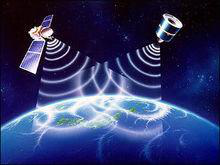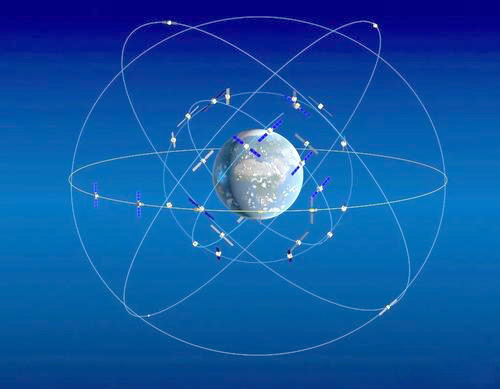History of GPS
More than 50 GPS and NAVSTAR satellites have been placed in orbit since 1978.
Predecessors

GPS
The predecessor of the GPS system was a meridian satellite positioning system (Transit) developed by the U.S. Army, developed in 1 958 and officially put into use in '64. The system worked with a network of five to six satellites, circled the Earth up to 13 times a day, and was unable to give altitude -{A|zh-cn:info;zh-tw:info}- and was not as accurate as it should have been in terms of positioning accuracy. However, the Meridian System allowed the R&D department to gain initial experience with satellite positioning and verified the feasibility of positioning by satellite systems, laying the groundwork for the development of the GPS system. As satellite positioning shows great superiority in navigation and the meridian instrument system exists for submarine and ship navigation of the great shortcomings. The United States Navy, army, air force and civilian sectors feel the urgent need for a new satellite navigation system. To this end, the U.S. Naval Research Laboratory (NRL) put forward the name Tinmation with 12 to 18 satellites consisting of 10,000km altitude of the global positioning network plan, and in 67, 69 and 74 years each launched a test satellite in these satellites on a preliminary test of the atomic clock timing system, which is the basis of the GPS system for accurate positioning. And the U.S. Air Force proposed 621-B to each cluster of 4 to 5 satellites to form 3 to 4 clusters of plans, these satellites in addition to 1 using synchronous orbit the rest of the use of the period of 24h inclined orbit The plan to pseudo-random code (PRN) as the basis for the propagation of satellite ranging signals, its powerful features, when the signal density is lower than 1% of the ambient noise can also be detected. The successful use of pseudo-random codes has been an important foundation for the success of the GPS system. The Navy's program was primarily used to provide low-dynamic 2D positioning for ships, and the Air Force's program was able to provide high dynamic service, however the system was overly complex. Because of the enormous cost of developing both systems simultaneously and because both programs were designed to provide global positioning, in 1973 the U.S. Department of Defense (DoD) merged the two into a single program under the DoD-led Joint Program Office for Satellite Navigation and Positioning (JPO), with an office at the Air Force Space Division in Los Angeles. The JPO has a large membership, including representatives of the United States Army, Navy, Marine Corps, Department of Transportation, Defense Mapping Agency, NATO and Australia.
















